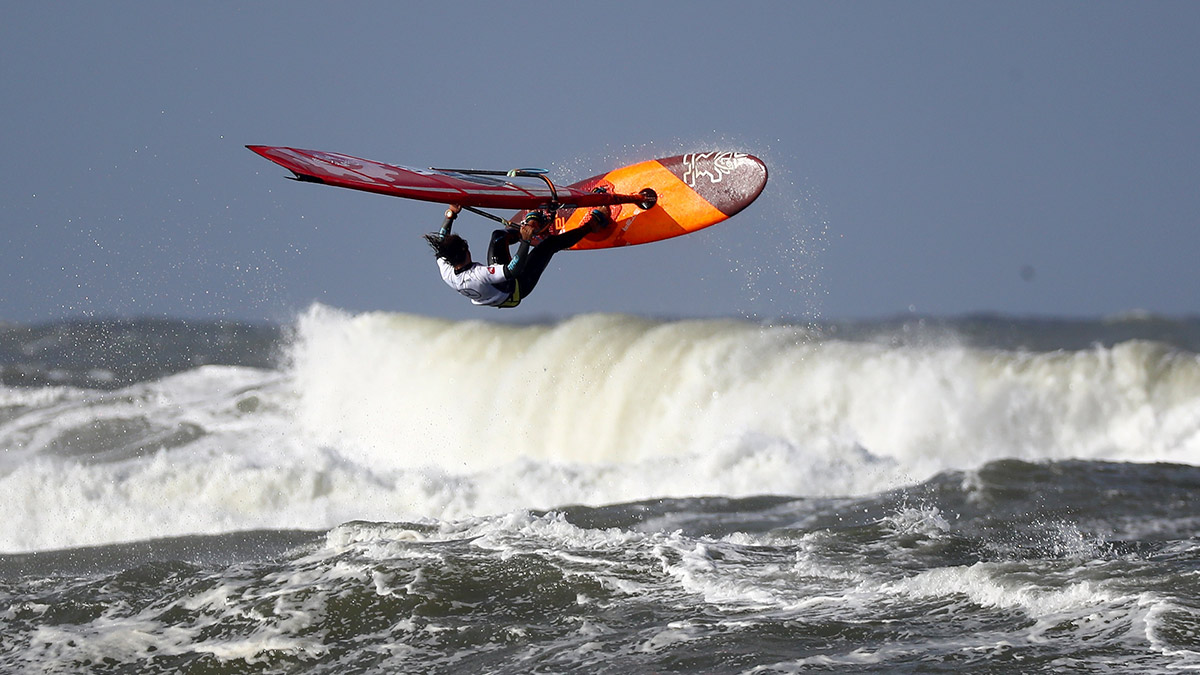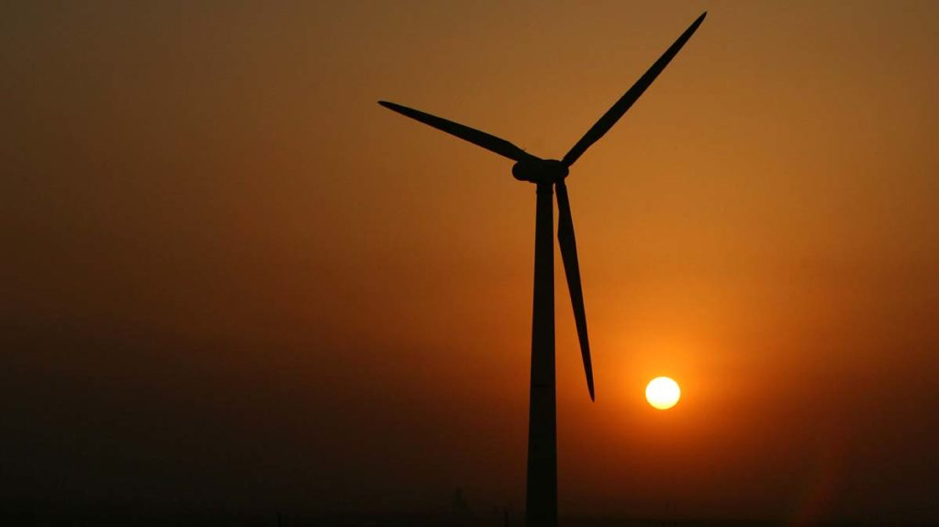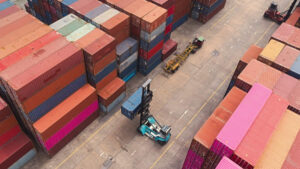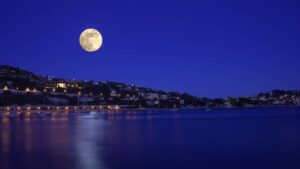Rare earths player Arafura set to benefit from surge in offshore wind power

Catching the right wave Pic: Getty Images
Special Report: Growth in installed offshore wind power generators is poised to accelerate and Arafura Resources’ (ASX:ARU) Nolans neodymium-praseodymium (NdPr) project is well positioned to catch the wave.
Offshore wind power generation is a rapidly growing source of renewable energy with 5.2 gigawatts (GW) of capacity installed in 2019, a 24 per cent increase over the previous year according to the World Forum Offshore Wind.
And this growth is expected to continue with Wood Mackenzie noting in February that offshore wind is expected to account for 25 per cent of the world’s installed wind power by 2028, up from 10 per cent at the end of last year.
Total cumulative installed offshore capacity is forecast to reach 160GW by 2028, which represents a sevenfold increase on the 23.4GW installed at the end of 2018.
Arafura Resources, which is developing the Nolans neodymium-praseodymium (NdPr) project in the Northern Territory, has been tracking developments in offshore wind power as NdPr has a role to play in the generation systems.
General Manager of Sales and Marketing Lloyd Kaiser told Stockhead that while last year’s 24 per cent increase might not be matched this year, the projected growth still painted a compelling picture in regards to the amount of rare earths raw material required.
“A lot of the growth is driven by policy. There seems to be a never-ending push by governments around the world, likely driven by the popular opinions of their citizens wanting to see a cleaner energy alternative moving forward,” he said.
“So I can’t see it turning around anytime soon. I think it will just accelerate. The question is how quickly it can accelerate and that will depend on wind’s cost competitiveness for baseload generation when paired with large scale storage.”

Almost all offshore wind power generators use direct drive technology as it improves efficiency and drastically reduces the need for maintenance.
This technology requires the significant use of neodymium-iron-boron (NdFeB) permanent magnets, with larger offshore towers using 500kg of NdFeB magnets per megawatt of output.
For the 5.2GW of wind power capacity installed in 2019, approximately 2,600 tonnes of NdFeB magnets were required, which equates to about 780 tonnes of NdPr metal.
Additionally, should capacity reach the forecast 160GW in 2028, the sector would require 68,000 tonnes of NdFeB permanent magnets over the forecast period (2018-2028), or about 22,750 tonnes of NdPr metal.
What does this mean for Arafura?
Kaiser explained that all of the world’s NdPr oxide is converted into NdPr metal by plants in South East Asia and China, with roughly 10kg of NdPr oxide required to produce 8kg of NdPr metal.
He noted that taking the forecast growth to 2028 as an example, the estimated consumption of 22,750 tonnes of NdPr metal would require 28,440 tonnes of NdPr oxide over an 11-year period.
“That’s an average of 2,585 tonnes of NdPr oxide a year and since Nolans is expected to produce 4,360 tonnes of NdPr oxide a year, it’s basically 60% of the project’s forecast output every year,” Kaiser added.
Annual global NdPr oxide supply is around 45,000 tonnes.
“But that’s total world supply, once you start looking at requirements for other applications – mainly automotive – you quickly come to the realisation that it is probably going to struggle to meet demand,” he explained.
Earlier this month, Arafura announced it had increased ore reserves at Nolans to 29.5 million tonnes grading 2.9 per cent total rare earth oxides, enough to support another 10 years’ production on top of the 23-year base case laid out in the definitive feasibility study completed in February last year.
The reserve increase facilitated a significant decrease in forecast operating costs for the project to less than US$24/kg of NdPr oxide, which would place Nolans amongst the lowest cost rare earth operations globally.
This story was developed in collaboration with Arafura Resources, a Stockhead advertiser at the time of publishing.
This story does not constitute financial product advice. You should consider obtaining independent advice before making any financial decisions.
Related Topics

UNLOCK INSIGHTS
Discover the untold stories of emerging ASX stocks.
Daily news and expert analysis, it's free to subscribe.
By proceeding, you confirm you understand that we handle personal information in accordance with our Privacy Policy.








